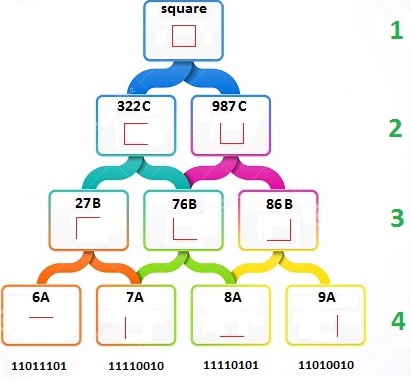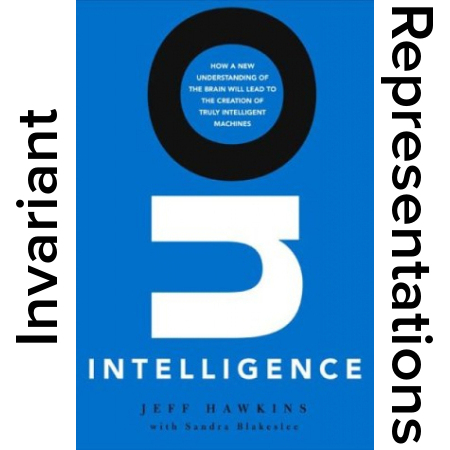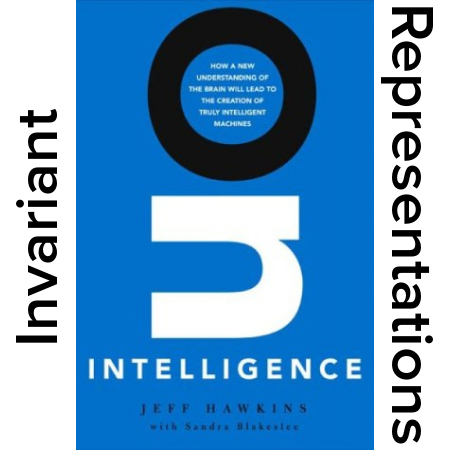Your job is to make a circuit that will illuminate a light bulb when it hears the song “Mary Had a Little Lamb”. So you breadboard a mic, op amp, your favorite microcontroller (and an ADC if needed) and get to work. You will sample the incoming data and compare it to a known template. When you get a match, you light the light. The first step is to make the template. But what to make the template of?
“Hey boss, what style of the song do you want to trigger the light? Is it children singing, piano, what?”
Your boss responds:
“I want the light to shine whenever any version of the song occurs. It could be singing, keyboard, guitar, any musical instrument or voice in any key. And I want it to work even if there’s a lot of ambient noise in the background.”
Uh oh. Your job just got a lot harder. Is it even possible? How do you make templates of every possible version of the song? Stumped, you talk to your friend about your dilemma over lunch, who just so happens to be [Jeff Hawkins] – a guy whose already put a great deal of thought into this very problem.
“Well, the brain solves your puzzle easily.” [Hawkins] says coolly. “Your brain can recall the memory of that song no matter if it’s vocal, instrumental in any key or pitch. And it can pick it out from a lot of noise.”
“Yea, but how does it do that though!” you ask. “The pattern’s of electrical signals entering the brain have to be completely different for different versions of the song, just like the patterns from my ADC. How does the brain store the countless number of templates required to ID the song?”
“Well…” [Hawkins] chuckles. “The brain does not store templates like that”. The brain only remembers the parts of the song that doesn’t change, or are invariant. The brain forms what we call invariant representations of real world data.”
Eureka! Your riddle has been solved. You need to construct an algorithm that stores only the parts of the song that doesn’t change. These parts will be the same in all versions – vocal or instrumental in any key. It will be these invariant, unchanging parts of the song that you will look for to trigger the light. But how do you implement this in silicon?
Continue reading “Ask Hackaday: What Are Invariant Representations?” →






 The device is little more than the internet and a speaker stuffed into a minimal black cylinder the size of a vase, oh- and six far-field microphones aimed in each direction which listen to every word you say… always. As you’d expect, Echo only processes what you say after you call it to attention by speaking its given name. If you happen to be too far away for the directional microphones to hear, you can alternatively seek assistance from the Echo app on another device. Not bad for the freakishly low price Amazons asking, which is $100 for Prime subscribers. Even if you’re salivating over the idea of this chatting obelisk, or intrigued enough to buy one just to check it out (and pop its little seams), they’re only available to purchase through invite at the moment… the likes of which are said to go out in a few weeks.
The device is little more than the internet and a speaker stuffed into a minimal black cylinder the size of a vase, oh- and six far-field microphones aimed in each direction which listen to every word you say… always. As you’d expect, Echo only processes what you say after you call it to attention by speaking its given name. If you happen to be too far away for the directional microphones to hear, you can alternatively seek assistance from the Echo app on another device. Not bad for the freakishly low price Amazons asking, which is $100 for Prime subscribers. Even if you’re salivating over the idea of this chatting obelisk, or intrigued enough to buy one just to check it out (and pop its little seams), they’re only available to purchase through invite at the moment… the likes of which are said to go out in a few weeks.











